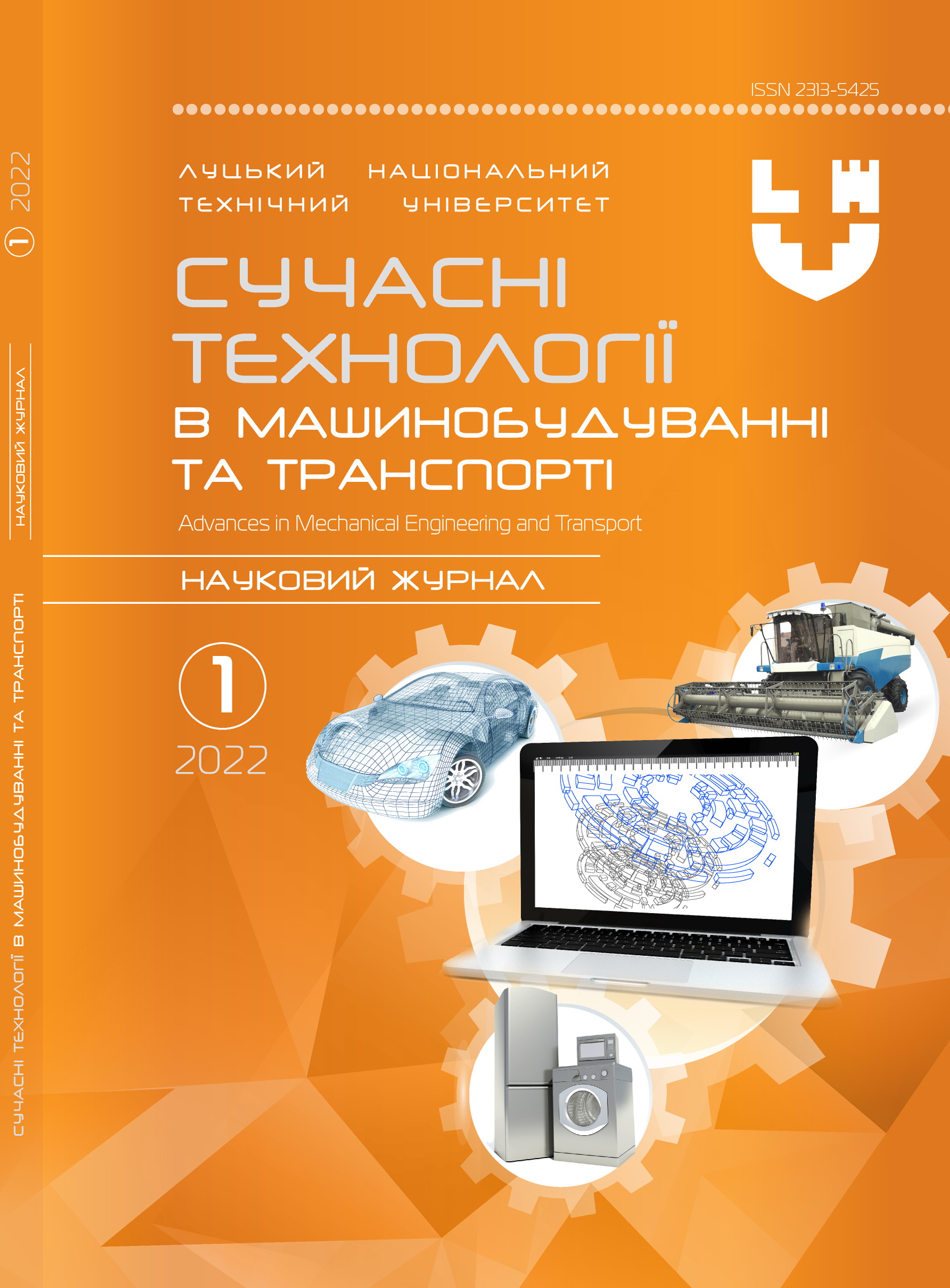Investigation of cutting parameters influence the roughness when drilling CFRP/ Ti alloy stacks.
Abstract
Currently, the drilling of carbon fiber reinforced plastic (CFRP) / titanium alloy stacks is still one of the most widely used machining methods for making holes for fastening assemblies in civil aircraft. The low machinability of the materials which forms the stack is explained by combination of the anisotropic structure of the carbon fiber reinforced plastic, high hardness and strength of the titanium alloy. This poses challenges in machining such joints, which makes it difficult to choose rational cutting parameters for both the carbon fiber reinforced plastic layer and the titanium alloy layer. One of the aspects of machining of carbon fiber reinforced plastic/ titanium alloy stacks is the necessity to ensure satisfactory surface roughness parameters. In this work, the influence of technological factors on the roughness of the machined surface of the holes was investigated. During the experimental study, the controlled parameters were drilling temperature and surface roughness. Drilling temperature was measured in real time using a specially designed device WICUTEM, which combines the method of artificial thermocouple and Bluetooth technology for wireless data transmission. Roughness control was performed using the profilographic method on the SurfCOM 5000 profilograph. The experimental setup was implemented on the basis of the 5 coordinate milling machining center DMU 85V. The experiment was planned according to the Taguchi method, based on the orthogonal array L8, by varying the factors of cutting speed and feed at three levels. The results show that when processing the carbon fiber layer the values of the analyzed roughness parameters are subject to the trend to increase the parameters with increasing feed, while when drilling a layer of titanium alloy on the contrary to decrease, except for local lows.
Keywords: CFRP/ Ti alloy stack, thermocouple method, drilling temperature, surface roughness.




